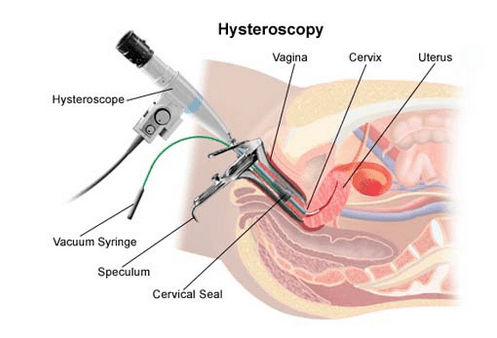Diagnostic Hystero Laparoscopy
A hystero-laparoscopy utilizes a little telescope-like cylinder called a laparoscope to give the specialist a chance to see the outside of the uterus, ovaries, fallopian tubes and inside pelvic zone.

It helps diagnose many problems including
- Endometriosis,
- Uterine fibroids, and other structural issues,
- Ovarian cysts,
- Adhesions,
- Ectopic pregnancy
- Tubal patency
A hystero-laparoscopy can take up to 30 to 40 minutes. It is typically done under general anesthesia. The procedure is multi day-care, outpatient methodology, and is directed at Angels Fertility Center.
Usually if an irregular condition is recognized amid the demonstrative technique, employable laparoscopy or a hysteroscopy can be led in the meantime.
The Procedure
Prior to starting the procedure, the patient will be given general anesthesia. At that point a needle is inserted through the navel, into the abdomen. Gradually carbon dioxide from the needle enters the stomach cavity. The gas makes a space inside by pushing the abdominal wall and the bowel far from the organs in the pelvic region, to allow a clear view of the reproductive organs.
As of now, a long, flimsy telescope or laparoscope with a camera toward the end is inserted through the insertion in the navel. The camera sends pictures to a screen that enables the specialist to see the uterus, fallopian tubes, ovaries and adjacent structures. The last advance includes the injection of a blue liquid through the cervix to check for blocks in the fallopian tubes.
If no abnormalities are noted at this time, the specialist will close the incisions with a couple of stitches
On the off chance that abnormalities are found, the specialist may direct a usable laparoscopy in a similar sitting.
After the procedure
You will need to rest in a recovery room for an hour or two to recover from the anaesthesia.
You can have liquids after 4 hours and a soft diet in the evening. If you feel mild nausea from anaesthesia, pain in the shoulders from the gas used in laparoscopy, pain at the site of the incisions, cramps and discharge like menstrual flow, it is normal and you can expect it to for a day or two after the procedure.
